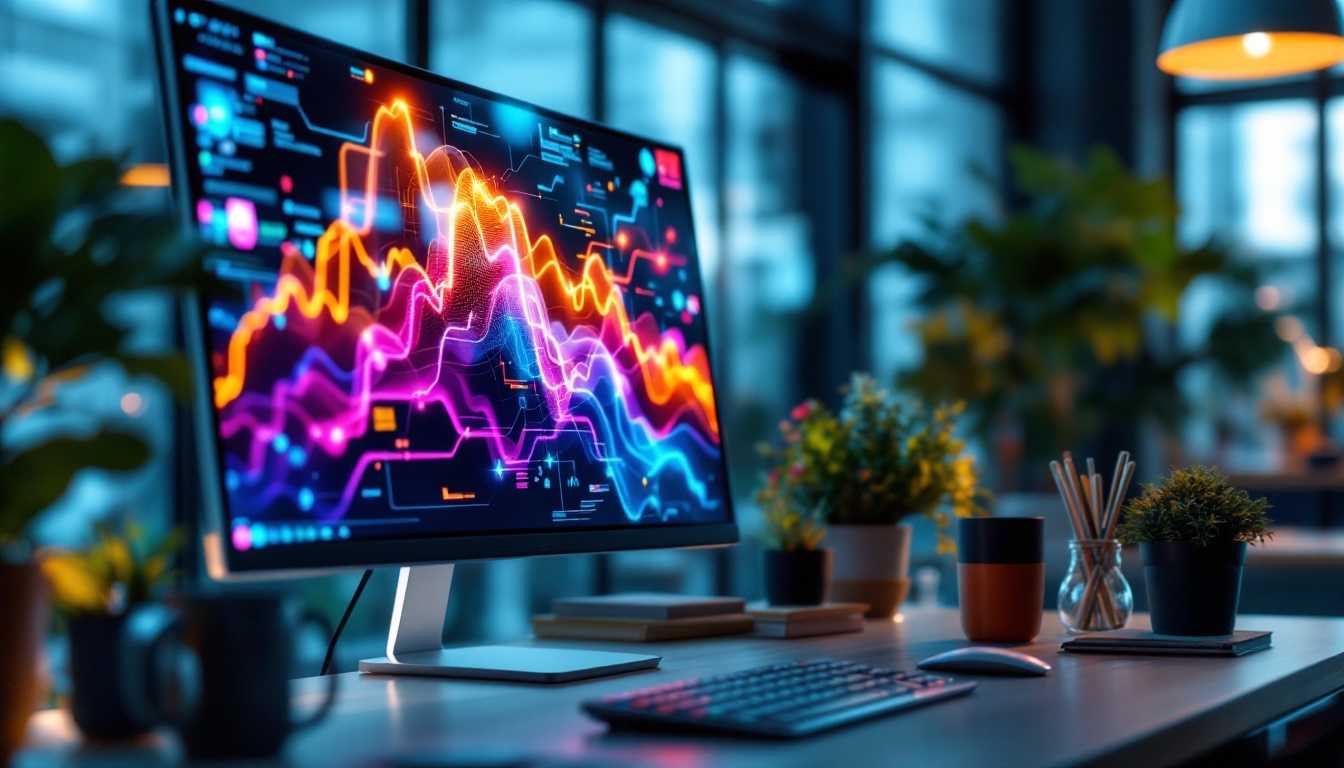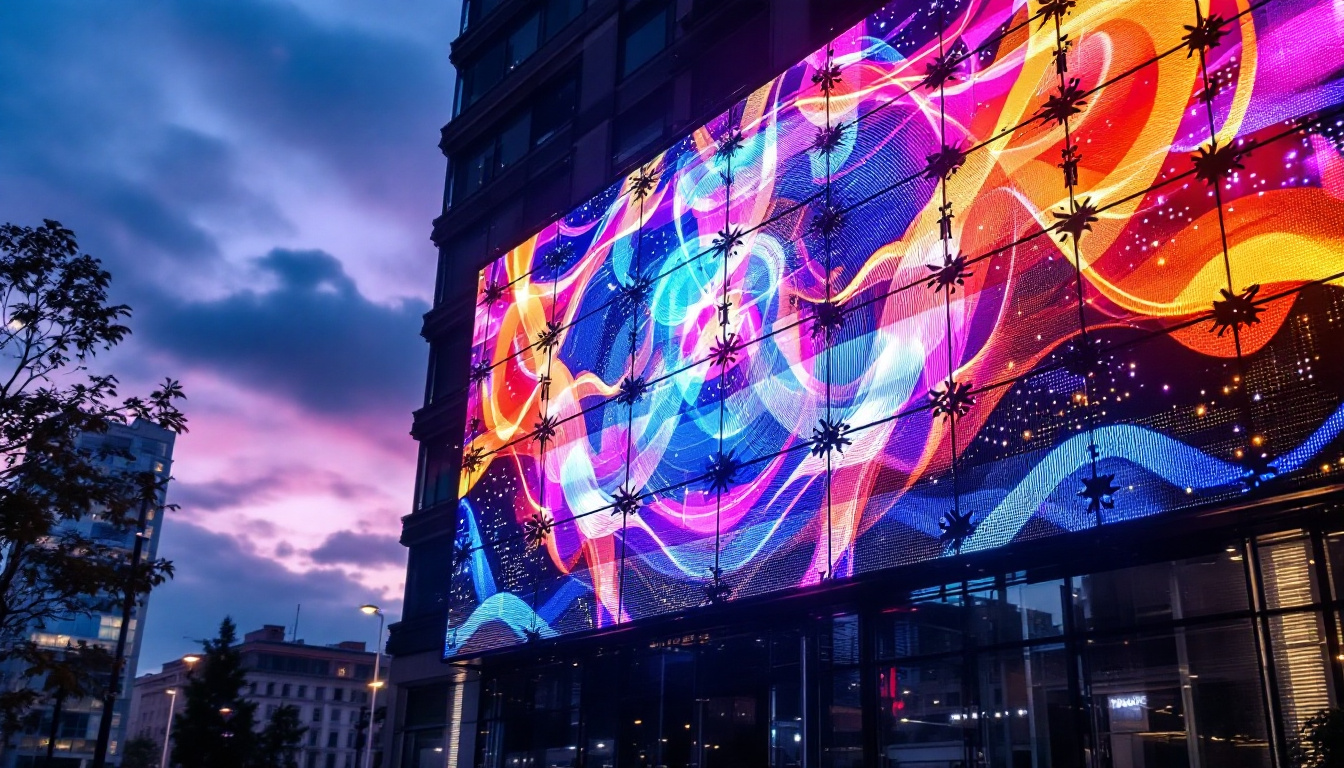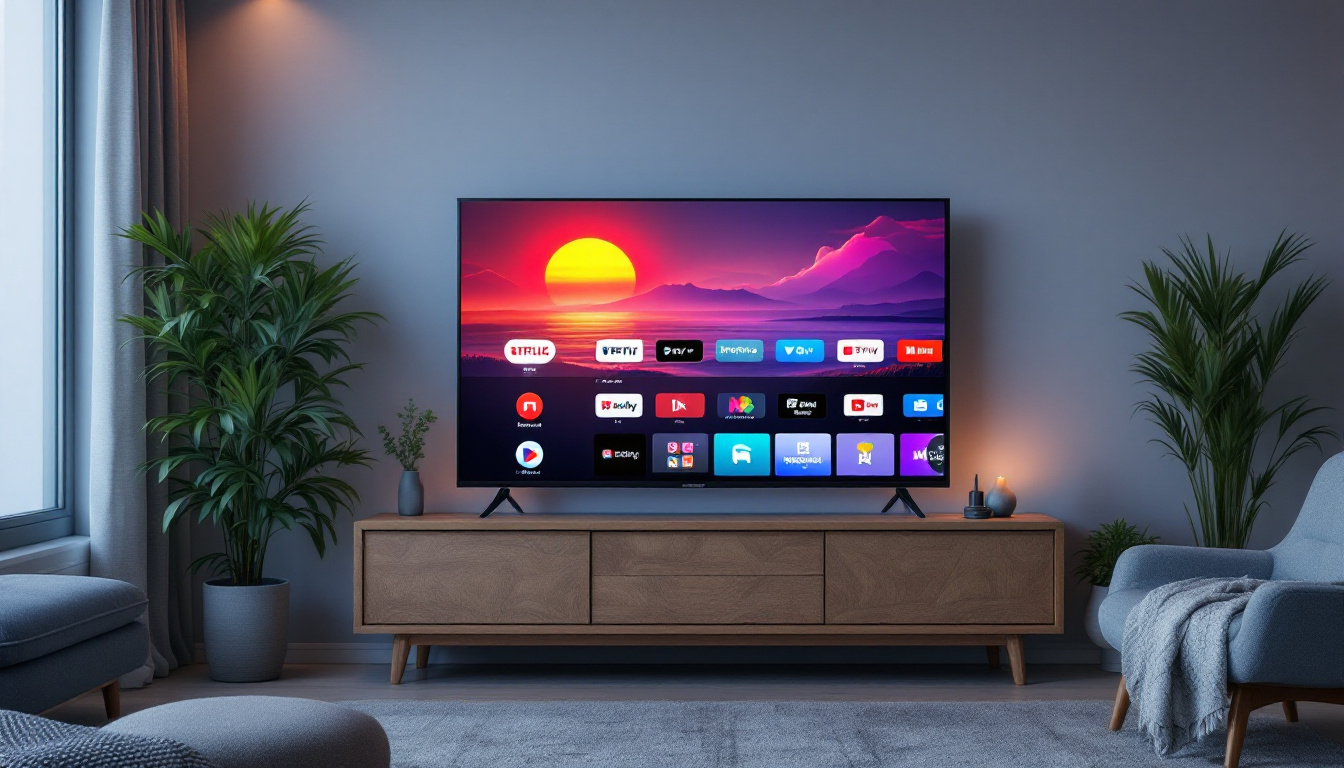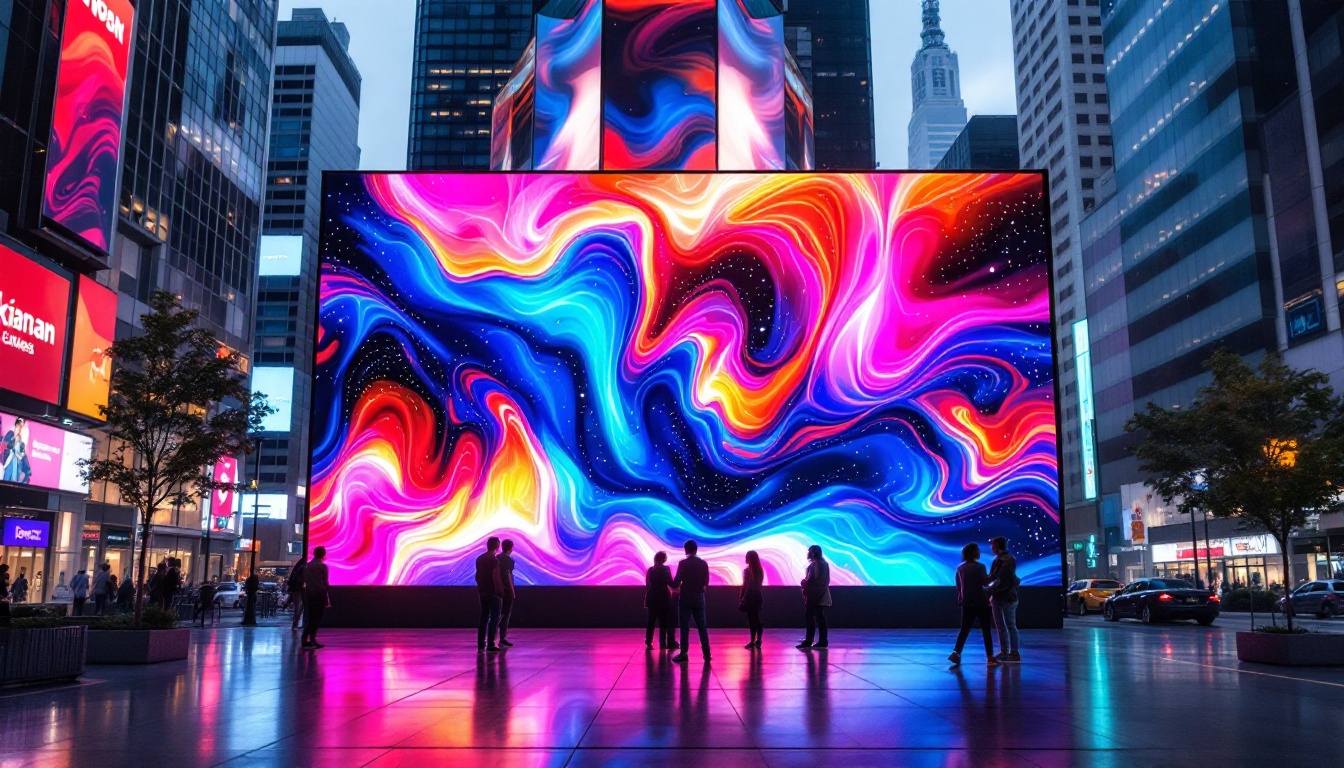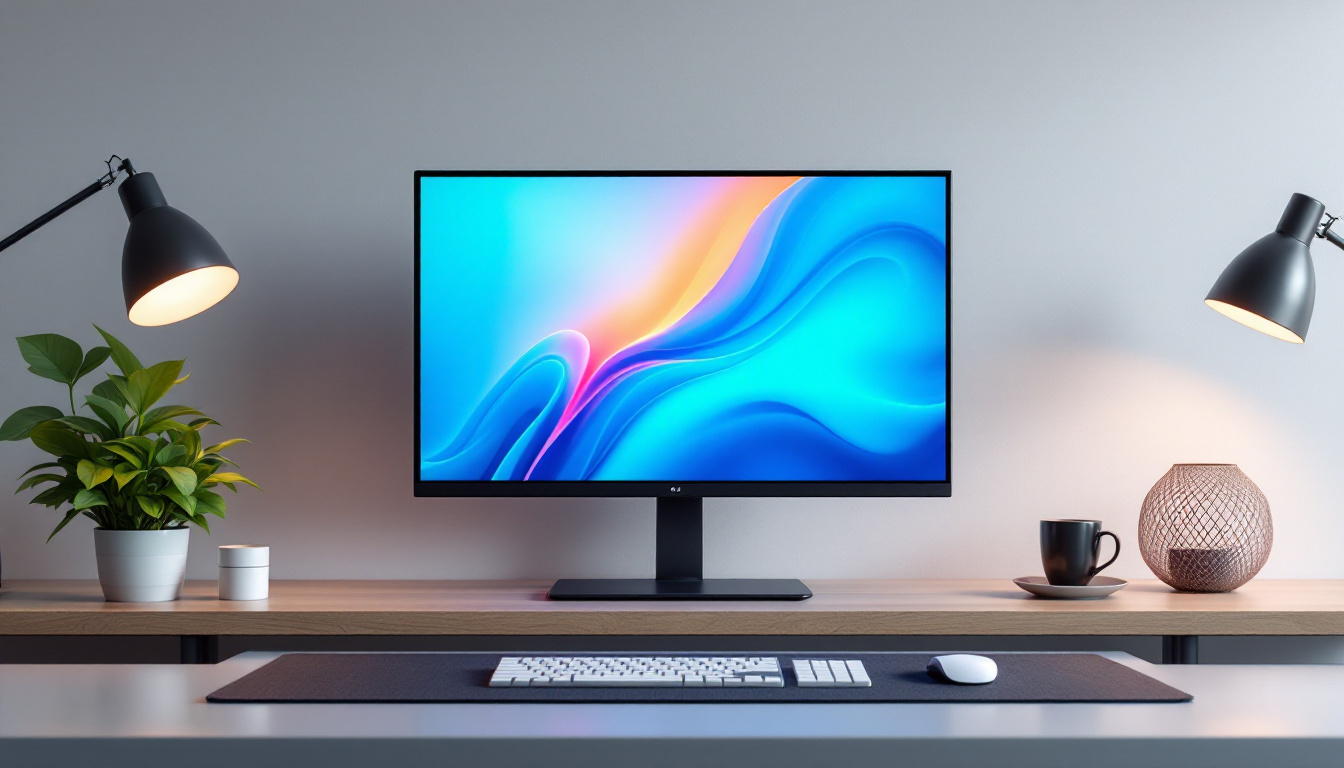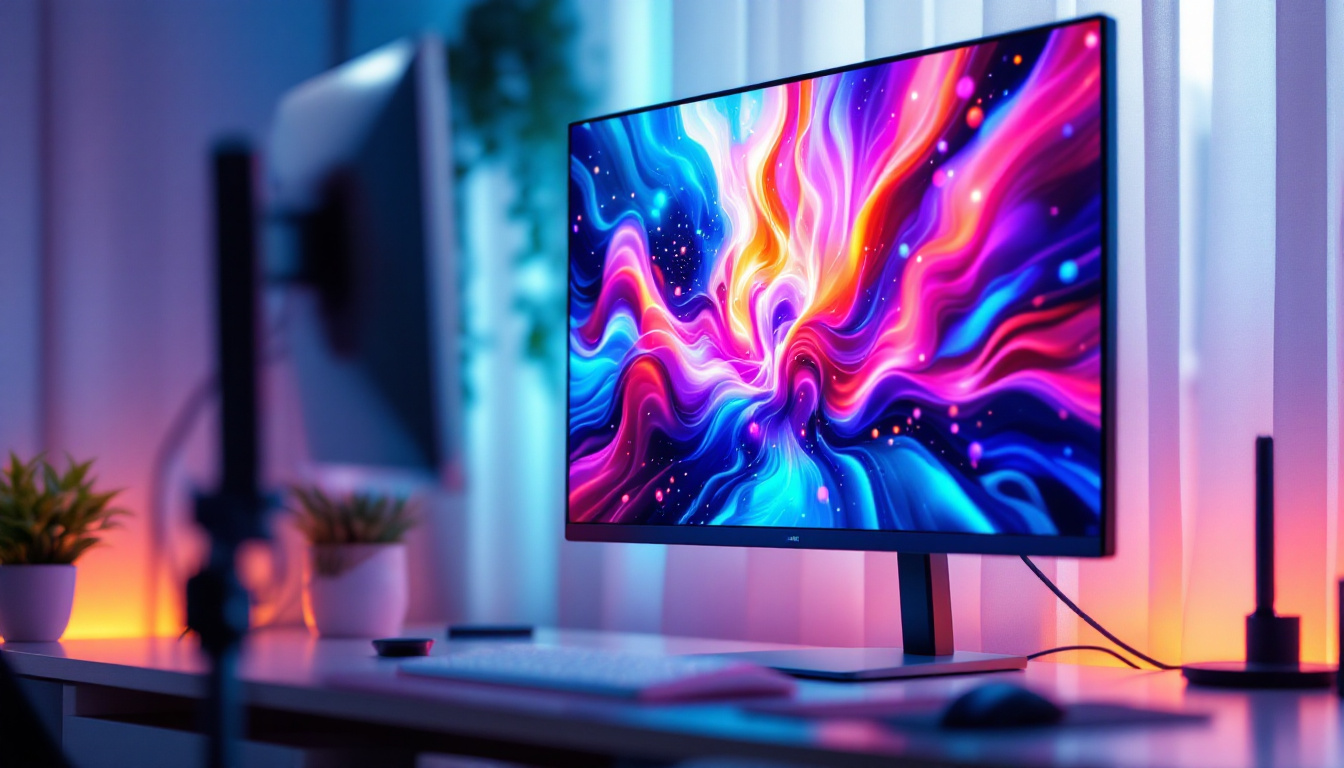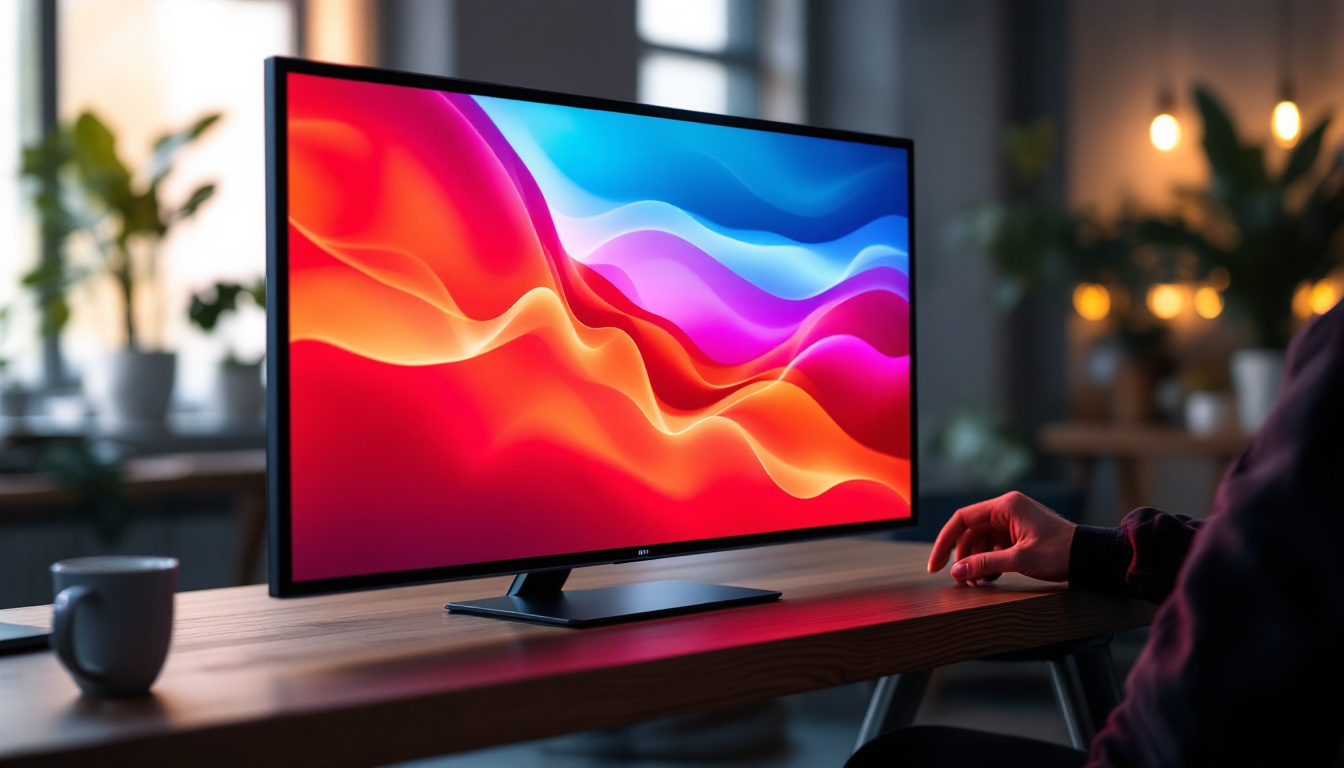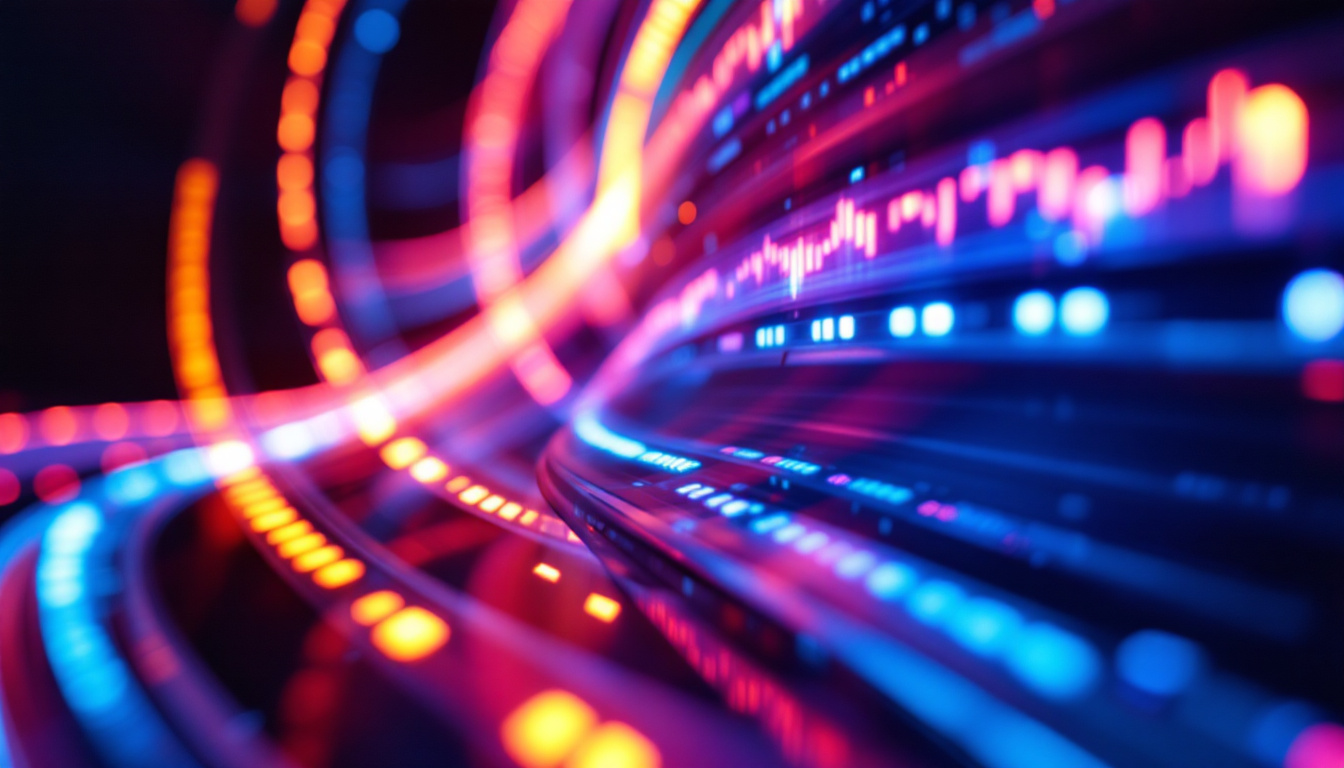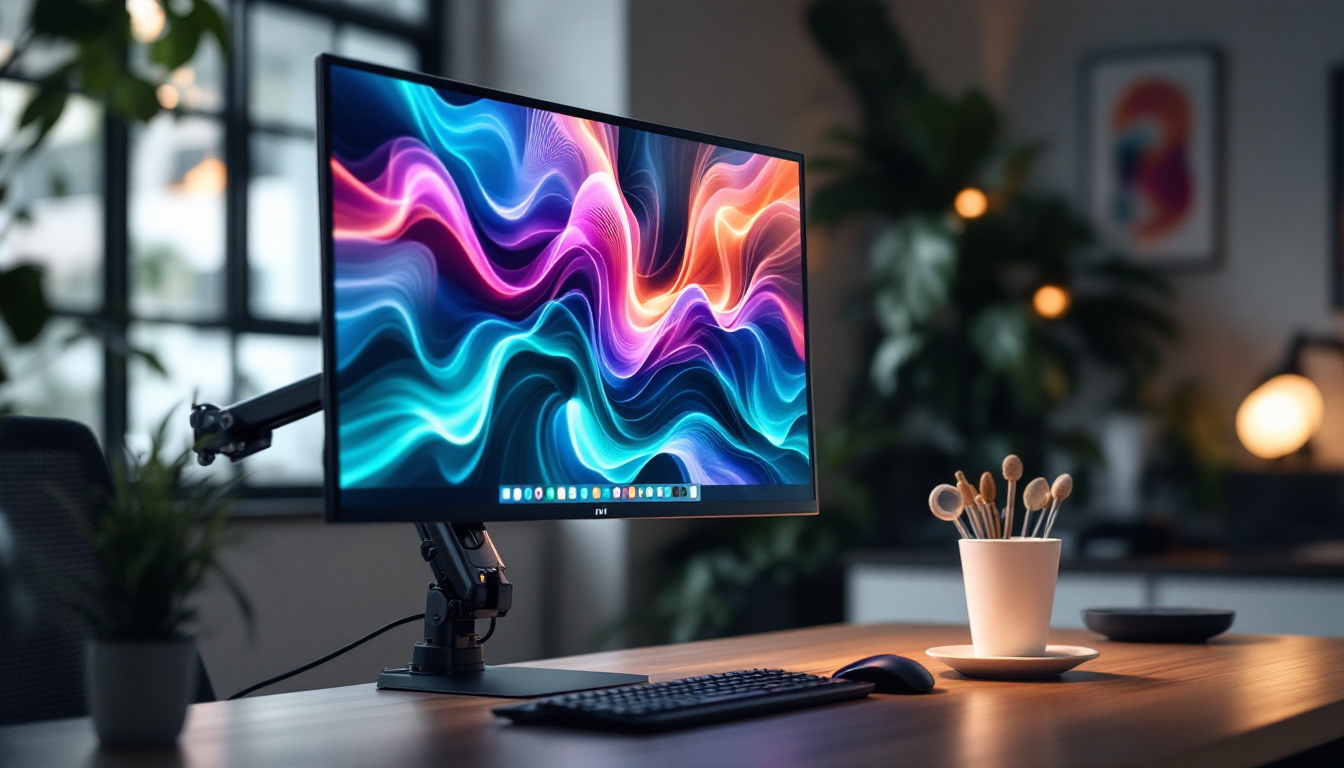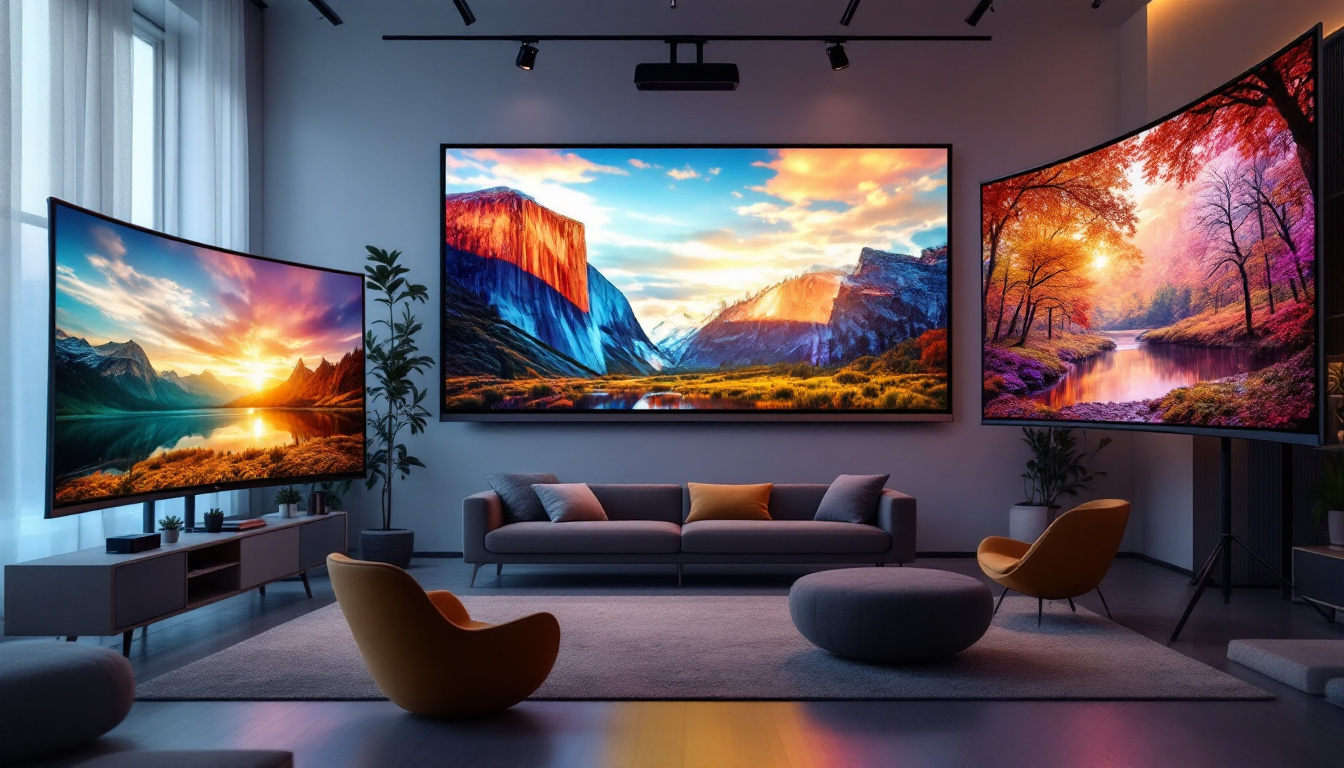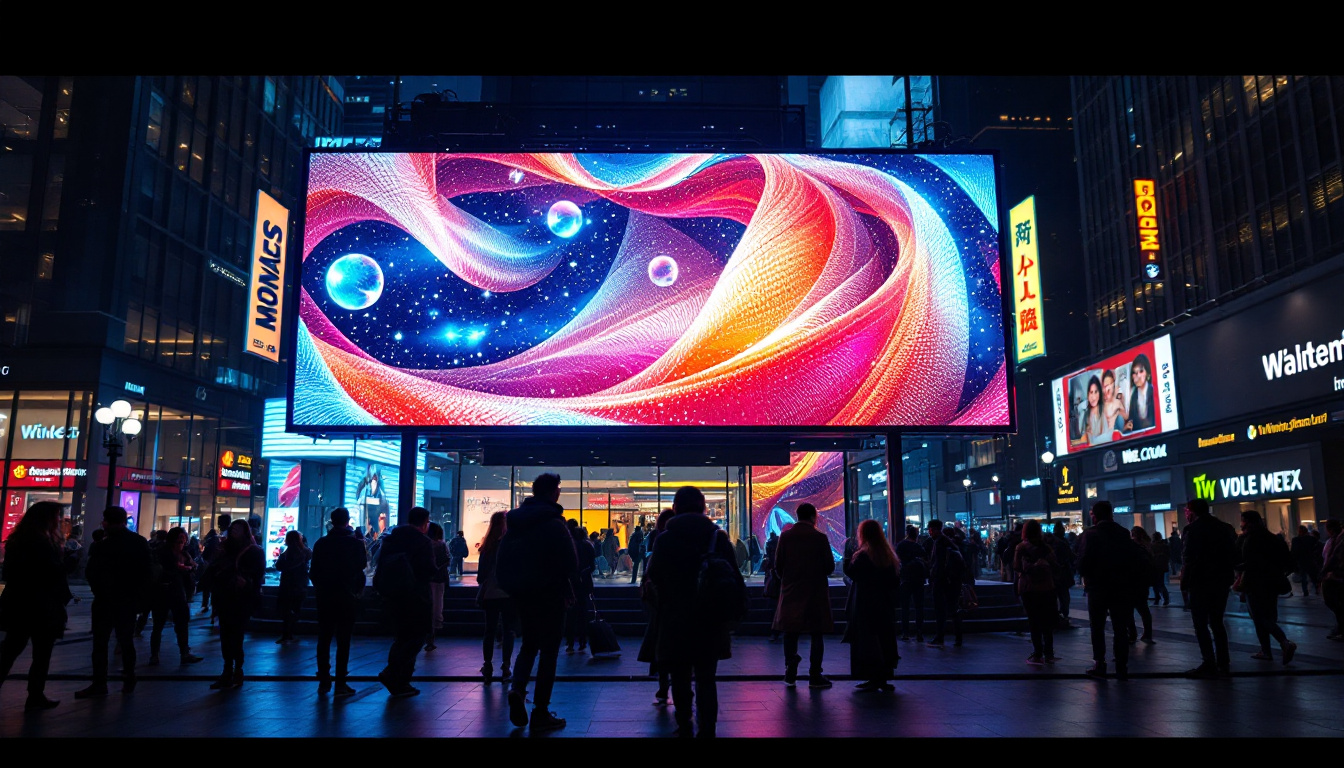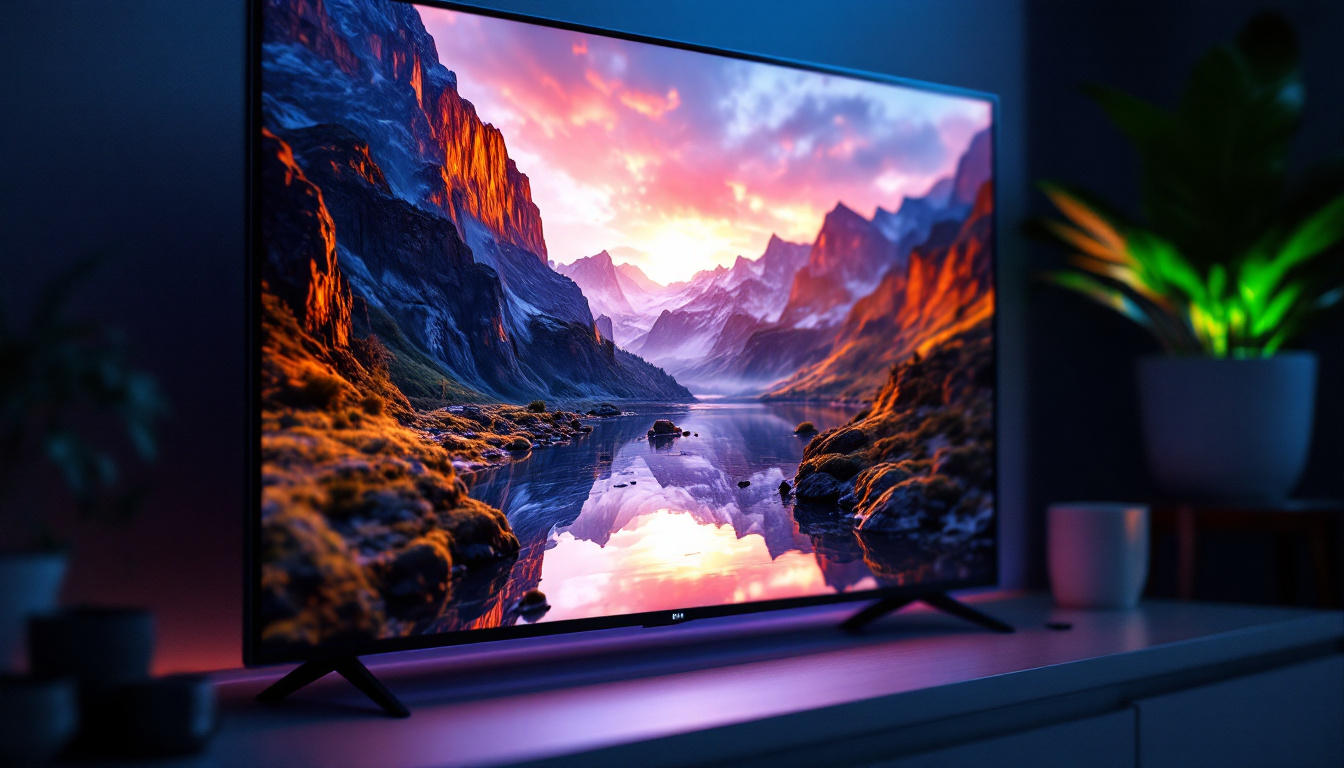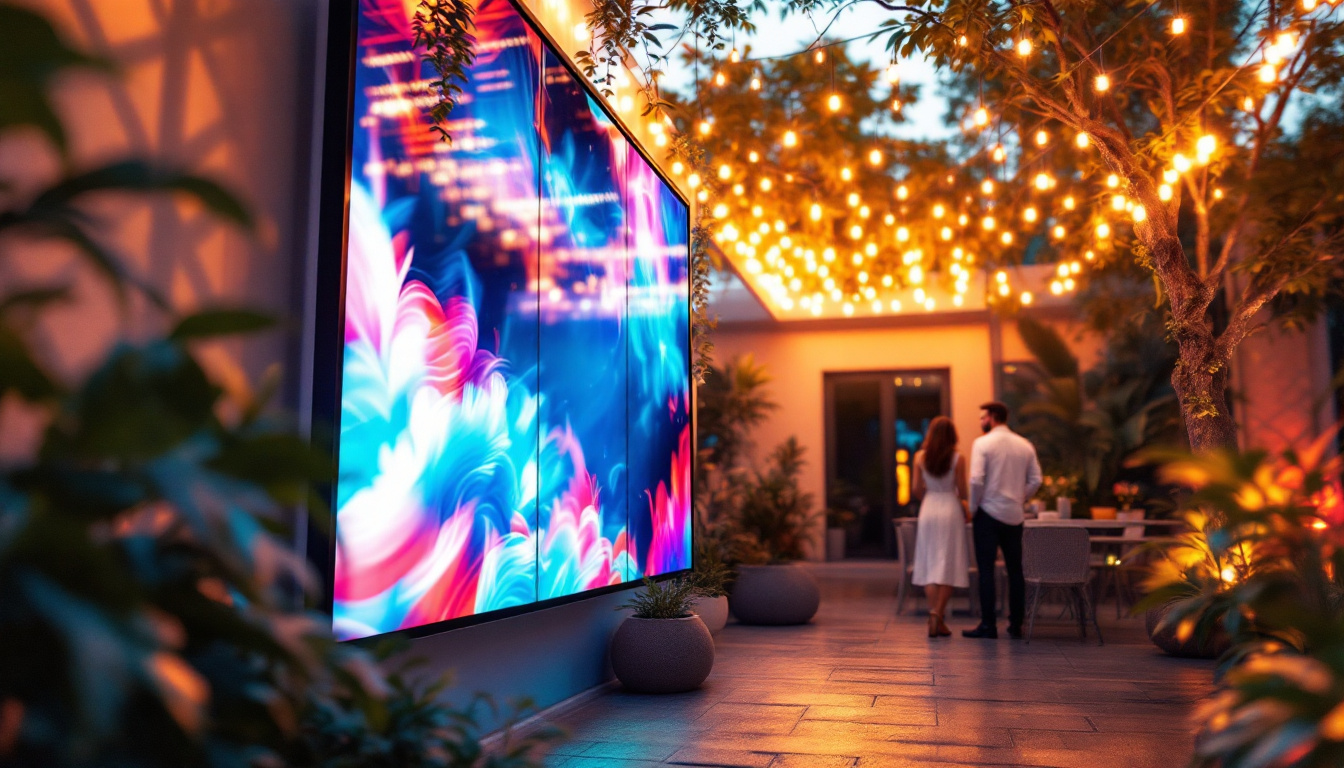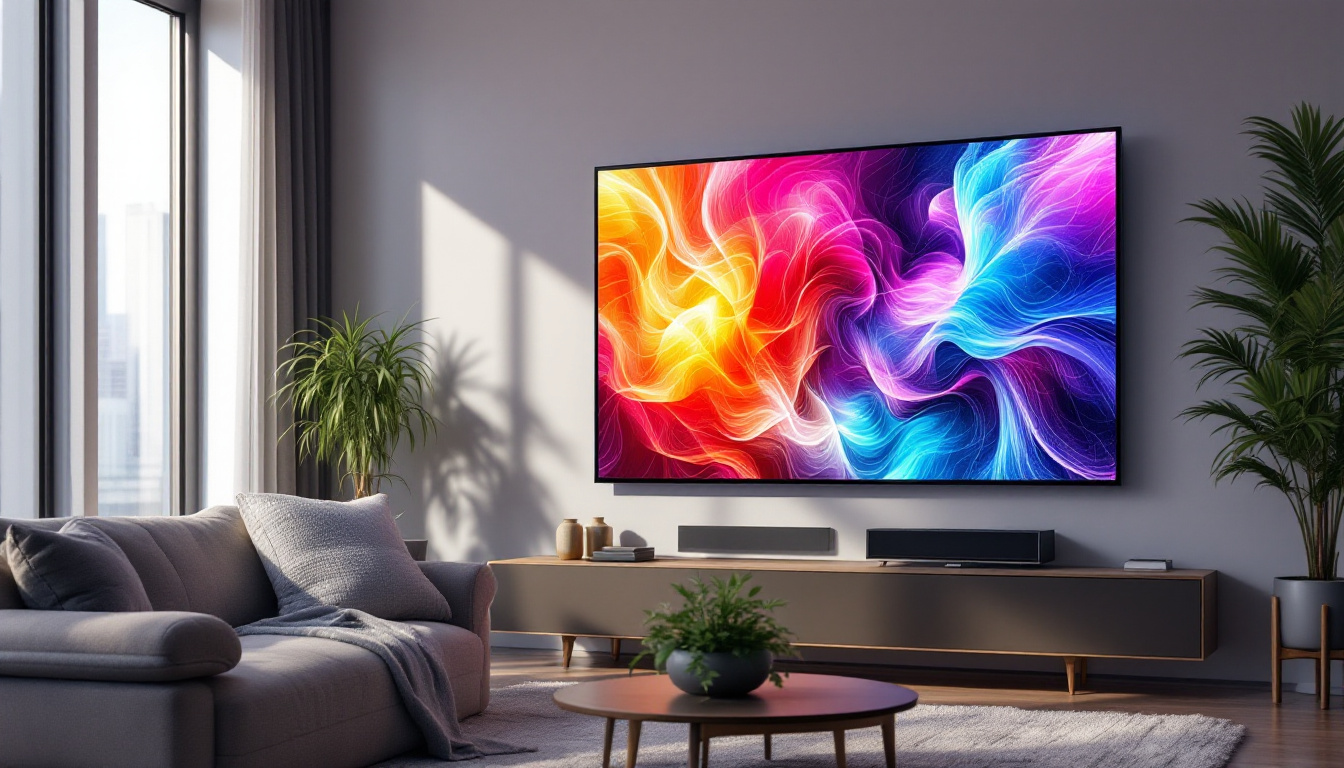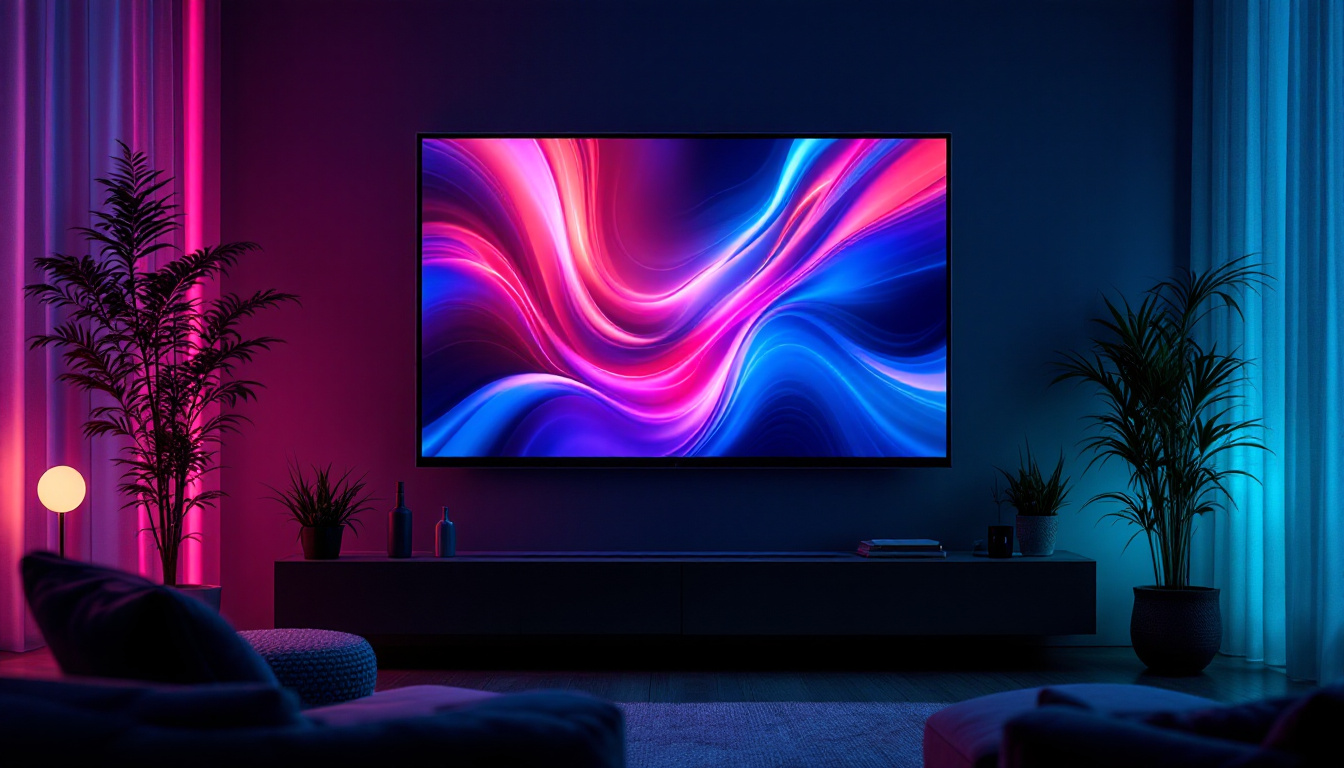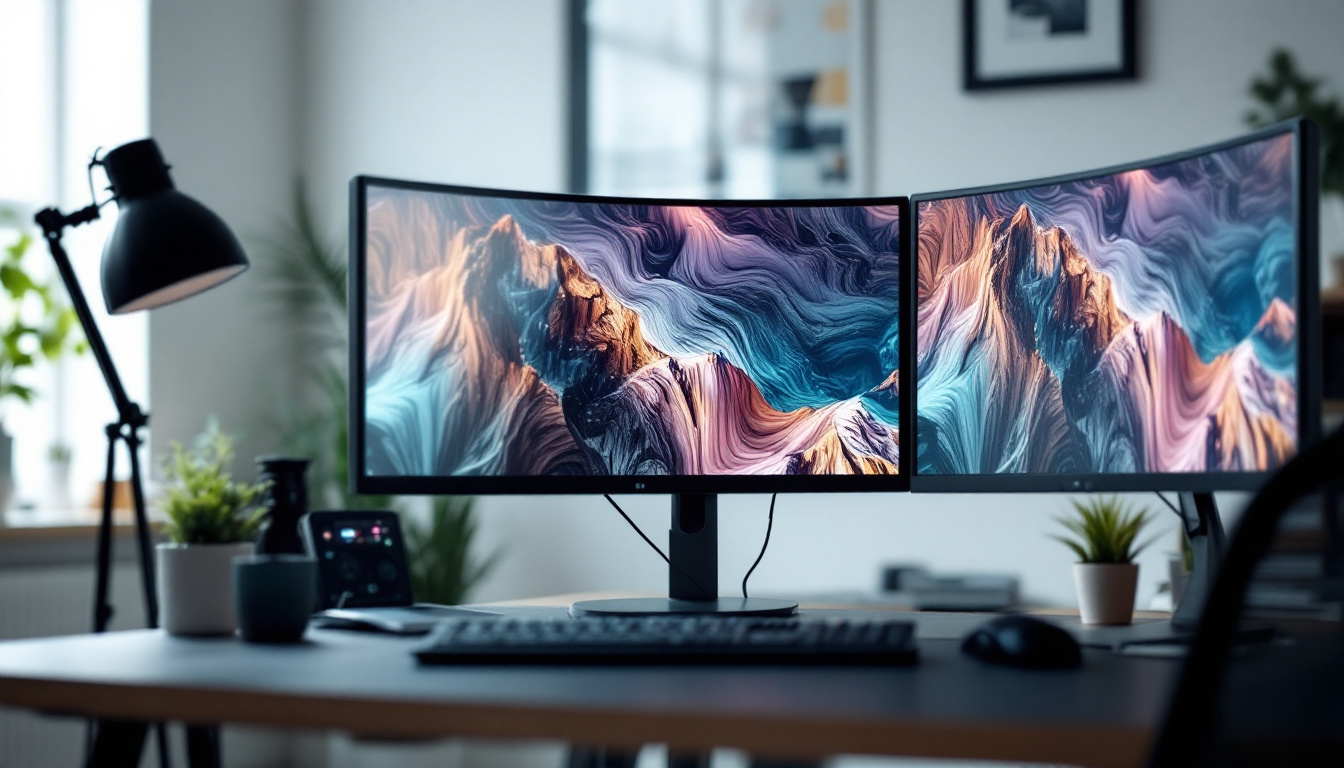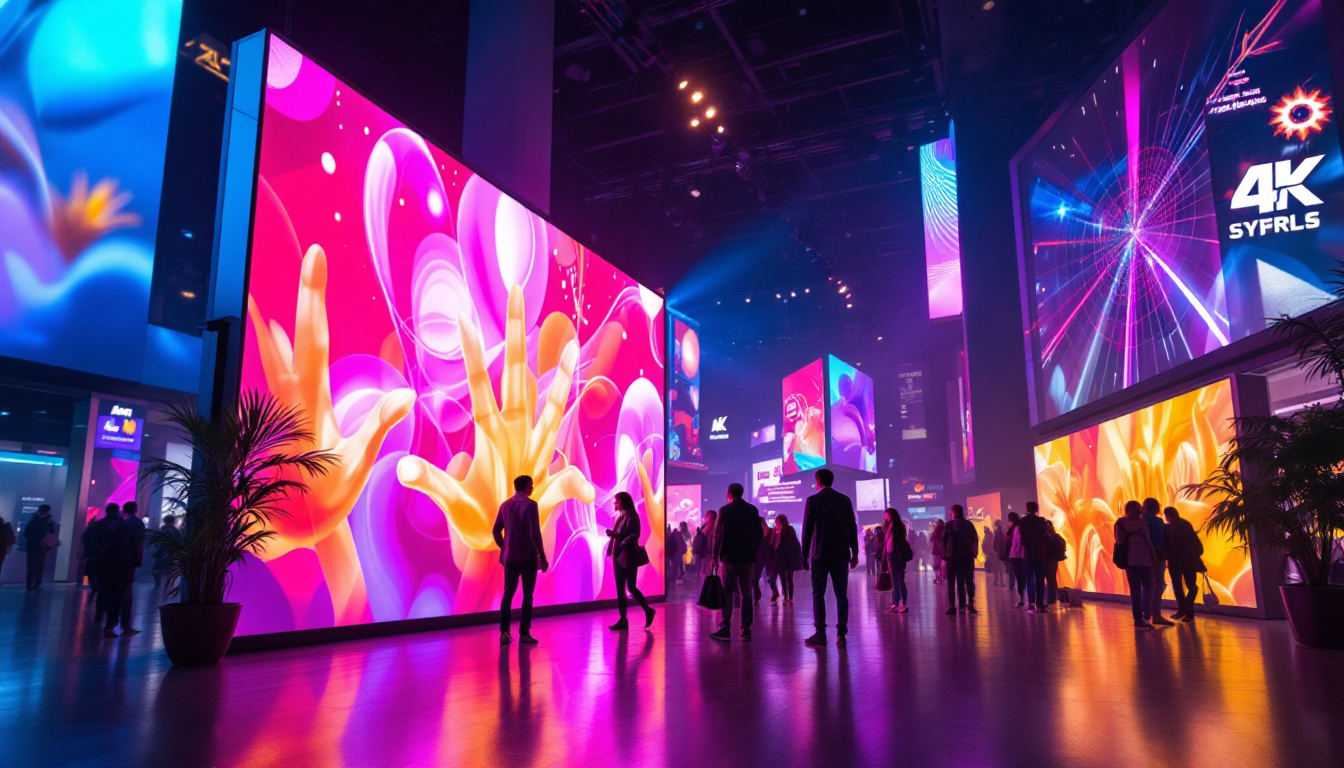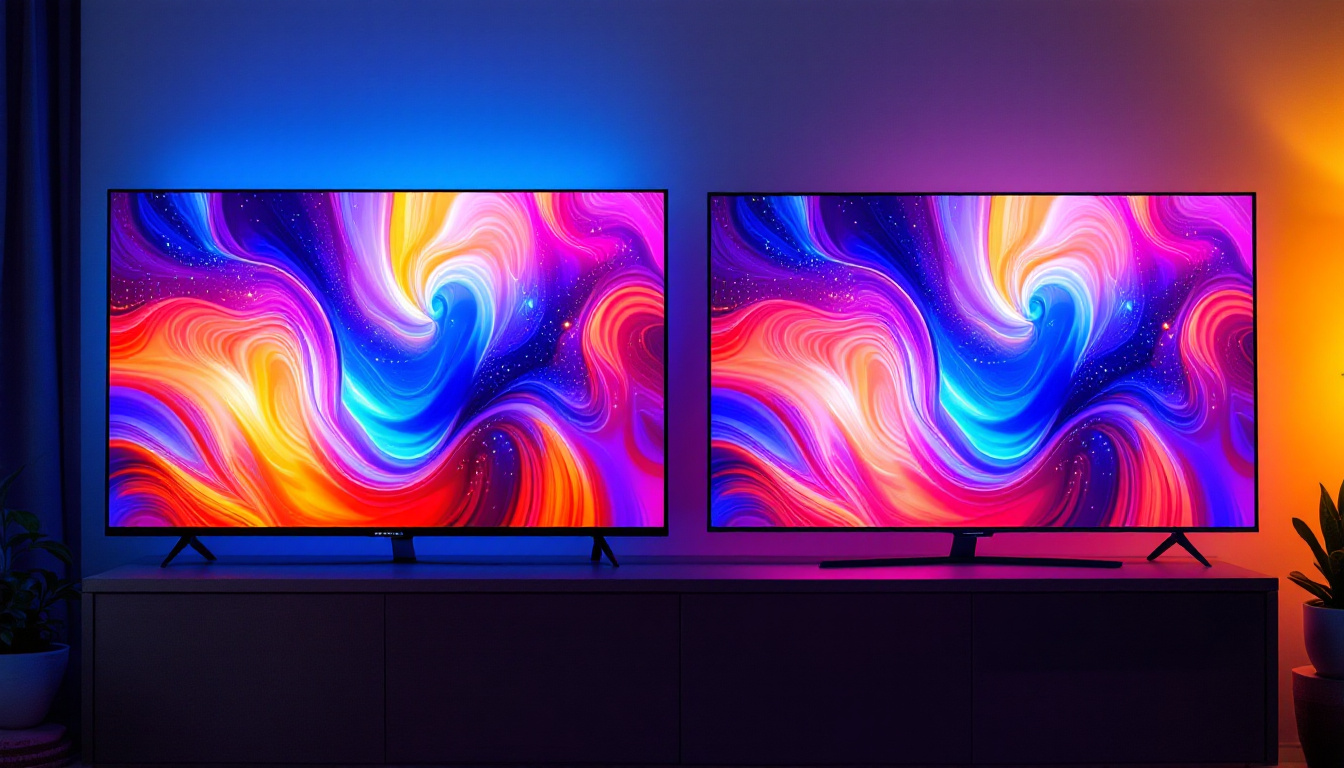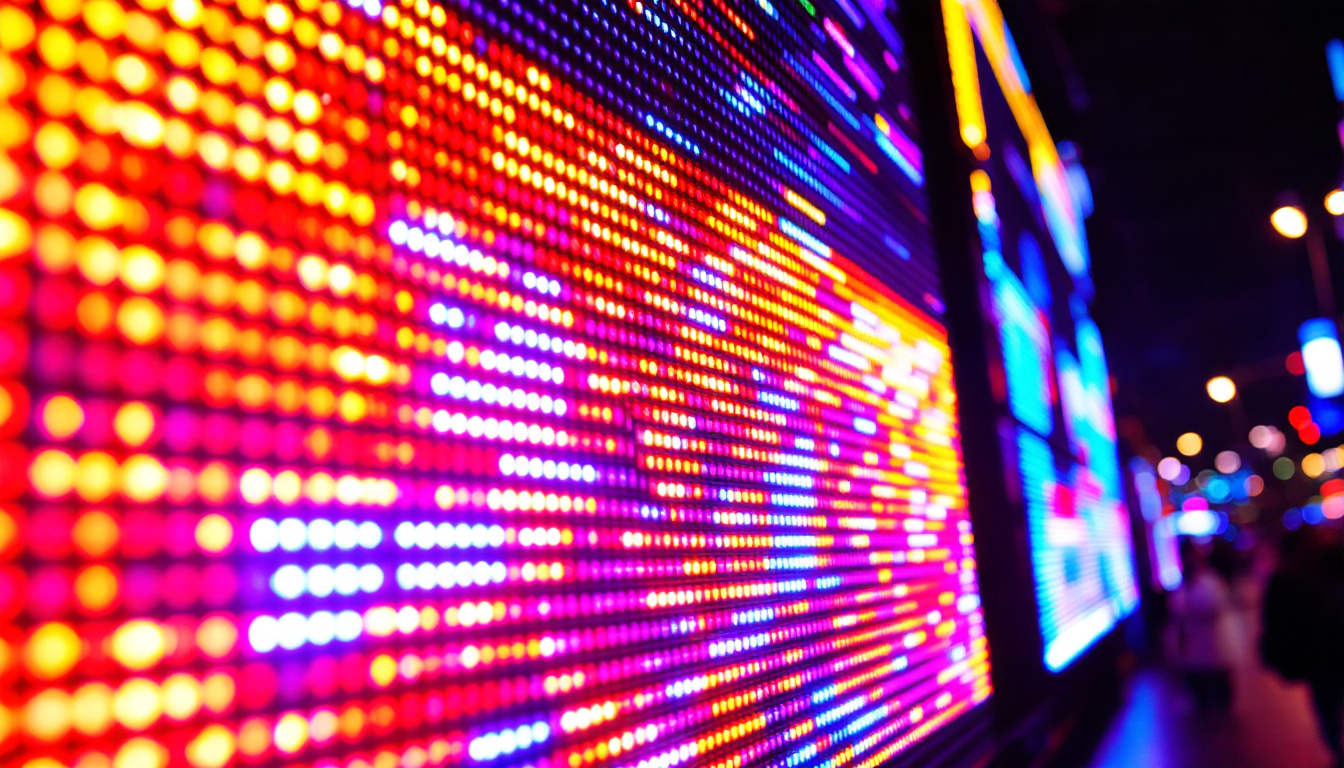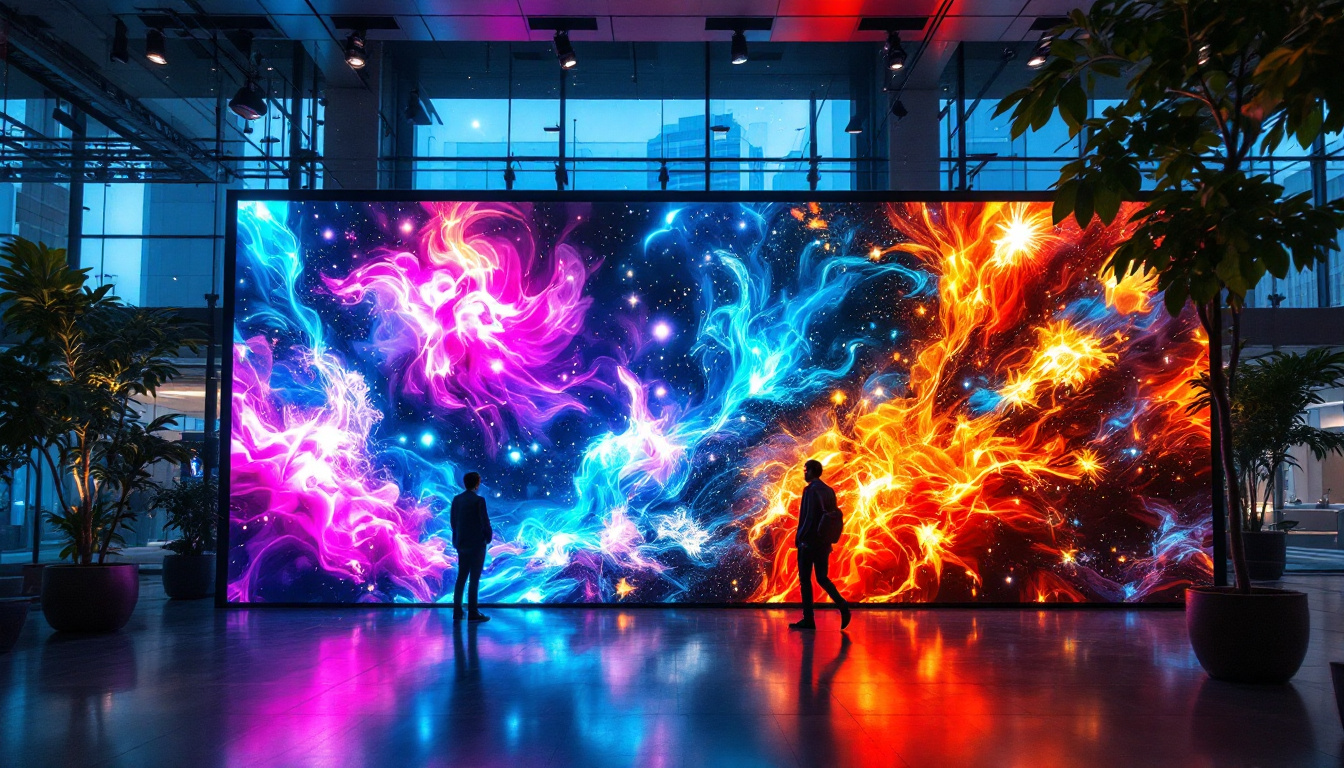In the realm of modern technology, touchscreen LED displays have emerged as a vital interface for interaction across various devices. From smartphones and tablets to large-scale digital signage, these displays have transformed the way users engage with information and entertainment. This article delves into the intricacies of touchscreen LED displays, exploring their technology, applications, and future potential.
Understanding LED Technology
LED, or Light Emitting Diode, technology is at the heart of touchscreen displays. Unlike traditional LCD screens, which rely on backlighting, LED displays utilize individual diodes to emit light. This fundamental difference allows for a range of advantages, including improved brightness, contrast, and energy efficiency. The compact nature of LEDs also enables thinner and lighter designs, which is particularly beneficial for portable devices such as smartphones and tablets. As technology continues to evolve, the integration of LED technology into everyday devices has become increasingly prevalent, transforming how we interact with screens.
The Basics of LED Functionality
At the core of LED technology is the semiconductor material that emits light when an electric current passes through it. This process, known as electroluminescence, enables LEDs to produce vibrant colors and sharp images. The combination of red, green, and blue (RGB) LEDs allows for the creation of a full spectrum of colors, making these displays particularly appealing for visual applications. Furthermore, the longevity of LED lights—often lasting tens of thousands of hours—means that users can enjoy high-quality visuals without the frequent need for replacements, making LEDs not only a cost-effective choice but also a sustainable one.
Types of LED Displays
LED displays can be categorized into several types, each designed for specific applications. The most common types include:
- Direct View LED (DVLED): These displays consist of individual LEDs arranged in a grid, allowing for high resolution and excellent color accuracy. They are often used in large-scale outdoor advertising, sports arenas, and concert venues, where visibility from a distance is crucial.
- LED-backlit LCD: This technology combines traditional LCD panels with LED backlighting, enhancing brightness and energy efficiency while maintaining the benefits of LCD technology. This hybrid approach has made LED-backlit LCDs a popular choice for televisions and computer monitors, providing consumers with a balance of performance and affordability.
- Organic LED (OLED): OLED displays use organic compounds to emit light, offering superior contrast ratios and flexibility in design. They are commonly found in high-end smartphones and televisions, where their ability to produce deep blacks and vibrant colors enhances the viewing experience. Additionally, the thin profile of OLED technology allows for innovative designs, such as curved screens and ultra-slim televisions that can seamlessly blend into modern living spaces.
As the demand for high-quality visual displays continues to grow, advancements in LED technology are paving the way for even more innovative applications. For instance, MicroLED technology, which uses microscopic LEDs to create displays, is emerging as a game-changer in the industry, promising even greater brightness and efficiency while eliminating issues such as burn-in that can affect traditional OLED screens. Moreover, the integration of smart technology with LED displays is revolutionizing how we interact with digital content, enabling features like touch sensitivity and voice control, further enhancing user experience in both personal and professional settings.
Touchscreen Technology: An Overview
Touchscreen technology allows users to interact with devices through direct touch, eliminating the need for physical buttons or styluses. This intuitive interface has become a standard in many consumer electronics, enhancing user experience and accessibility. The rise of touchscreens has transformed how we engage with technology, making it possible for individuals of all ages and abilities to navigate complex systems with ease. From smartphones to interactive kiosks, the versatility of touchscreens has made them an integral part of modern life.
Types of Touchscreen Technologies
There are several types of touchscreen technologies, each with its own advantages and disadvantages. The most prevalent types include:
- Resistive Touchscreens: These screens consist of two layers separated by a thin gap. When pressure is applied, the layers make contact, registering the touch. While resistive screens are cost-effective and work with any object, they lack the clarity and responsiveness of other types. They are often found in applications where durability is essential, such as industrial equipment and point-of-sale systems.
- Capacitive Touchscreens: Utilizing the electrical properties of the human body, capacitive screens detect touch through changes in capacitance. This technology allows for multi-touch capabilities and offers a more responsive user experience, making it the preferred choice for smartphones and tablets. Capacitive screens are also known for their high clarity and brightness, which enhances the visual experience for users.
- Infrared Touchscreens: These screens use infrared light beams to detect touch. When an object interrupts the beams, the system registers a touch event. Infrared touchscreens are durable and can be used with gloves or styluses, making them suitable for various environments. Their ability to function in bright lighting conditions makes them ideal for outdoor applications, such as information kiosks in parks or tourist attractions.
Combining Touchscreen and LED Technologies
The integration of touchscreen technology with LED displays has revolutionized user interaction. This combination allows for vibrant visuals alongside responsive touch capabilities, making devices more engaging and user-friendly. Whether in retail environments or personal devices, the synergy between these technologies enhances the overall experience. For instance, in retail settings, interactive LED displays can provide customers with dynamic content, such as promotions or product information, while simultaneously allowing them to make selections through touch, creating an immersive shopping experience.
Moreover, the advancements in touchscreen technology are not limited to consumer electronics. In the automotive industry, touchscreens are becoming increasingly common in dashboards, enabling drivers to access navigation, entertainment, and vehicle settings with a simple tap. This shift towards touch-based interfaces in cars reflects a broader trend towards simplifying user interactions across various platforms, ensuring that technology remains accessible and intuitive. As these technologies continue to evolve, we can expect to see even more innovative applications that enhance our daily interactions with the digital world.
Applications of Touchscreen LED Displays
Touchscreen LED displays have found their way into various industries, each leveraging the technology to improve efficiency and user engagement. From healthcare to entertainment, the applications are vast and diverse.
Retail and Advertising
In the retail sector, touchscreen LED displays serve as interactive kiosks, allowing customers to browse products, check prices, and access promotions. These displays not only enhance the shopping experience but also provide valuable data to retailers regarding customer preferences and behavior.
Moreover, digital signage powered by touchscreen LED technology can capture attention with dynamic content. Retailers can update promotions in real-time, ensuring that customers receive the most relevant information. This adaptability is crucial in today’s fast-paced market.
Education and Training
Educational institutions have embraced touchscreen LED displays for interactive learning. These displays facilitate collaborative learning environments, allowing students to engage with content actively. Teachers can present lessons, conduct quizzes, and encourage group discussions, all through a touch interface.
In corporate training, touchscreen LED displays are used to deliver engaging presentations and simulations. This interactive approach enhances knowledge retention and makes training sessions more effective.
Healthcare Applications
In healthcare, touchscreen LED displays are used in various capacities, from patient check-in systems to interactive medical imaging. These displays streamline processes, reduce waiting times, and improve patient engagement.
Medical professionals can utilize touchscreen interfaces to access patient records, view diagnostic images, and communicate with colleagues seamlessly. The clarity and responsiveness of LED technology enhance the overall functionality of these systems.
The Future of Touchscreen LED Displays
As technology continues to evolve, the future of touchscreen LED displays looks promising. Innovations in materials, design, and functionality are expected to drive further advancements in this field.
Emerging Technologies
One area of development is the incorporation of artificial intelligence (AI) into touchscreen LED displays. AI can enhance user interaction by predicting user behavior and personalizing content. This level of customization can lead to more engaging experiences across various applications.
Additionally, advancements in flexible and transparent display technologies may pave the way for new applications. Imagine windows that double as interactive displays or wearable devices that seamlessly integrate with the user’s environment. The possibilities are limitless.
Environmental Considerations
As sustainability becomes a priority, manufacturers are focusing on creating eco-friendly touchscreen LED displays. This includes using recyclable materials, reducing energy consumption, and developing longer-lasting products. Such initiatives not only benefit the environment but also appeal to increasingly conscious consumers.
Challenges and Considerations
Despite the many advantages of touchscreen LED displays, there are challenges that manufacturers and users must navigate. Understanding these challenges is essential for maximizing the benefits of this technology.
Cost and Accessibility
While the cost of touchscreen LED displays has decreased over the years, high-quality models can still be expensive. This can limit accessibility for smaller businesses or educational institutions with tight budgets. Finding cost-effective solutions without compromising quality remains a significant challenge.
Durability and Maintenance
Touchscreen LED displays are often exposed to various environmental conditions, which can impact their durability. Outdoor displays, in particular, must withstand weather elements and potential vandalism. Regular maintenance and protective measures are essential to ensure longevity and performance.
Conclusion
Touchscreen LED displays have undoubtedly changed the landscape of user interaction, providing a dynamic and engaging way to connect with technology. As advancements continue to shape this field, the potential applications and benefits are boundless.
From retail environments to educational settings, the integration of touchscreen and LED technologies enhances user experience and accessibility. While challenges remain, the future holds exciting possibilities that promise to further revolutionize how we interact with displays in our daily lives.
In an increasingly digital world, understanding the intricacies of touchscreen LED displays is essential for anyone looking to leverage this technology effectively. As innovations emerge, staying informed will ensure that users and businesses can fully harness the capabilities of these remarkable devices.
Discover the Future of Visual Engagement with LumenMatrix
Ready to elevate your brand’s presence and captivate your audience with the most advanced LED display technology? LumenMatrix is at the forefront of creating immersive visual experiences that truly stand out. From Indoor and Outdoor LED Wall Displays to innovative solutions like Vehicle LED Displays, LED Posters, and Transparent LED Displays, our products are designed to revolutionize visual communication. Embrace the future of digital signage with LumenMatrix and let your message shine with unparalleled clarity and impact. Check out LumenMatrix LED Display Solutions today and transform the way you connect with your audience.


